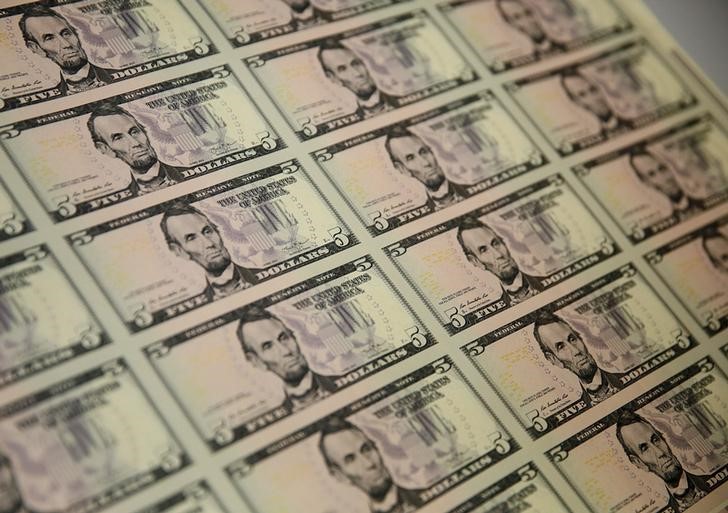* Safe haven dollar weakens as Trump and Xi agree trade truce
* Yen and Swiss franc weaken
* Aussie, kiwi dollar big winners in Asian trade
* Graphic: World FX rates in 2018 http://tmsnrt.rs/2egbfVh
By Vatsal Srivastava
SINGAPORE, Dec 3 (Reuters) - The dollar weakened across the board on Monday as investor demand for riskier assets rose after China and the U.S. agreed to a ceasefire in their trade war that has shaken global markets.
The White House said on Saturday that President Donald Trump told China's President Xi Jinping at the G20 talks in Argentina that he would not raise tariffs on $200 billion of Chinese goods to 25 percent on Jan. 1 as previously announced. and United States will attempt to bridge their differences via new talks aimed at reaching a deal within 90 days.
Riskier currencies such as the Australian dollar AUD= and New Zealand dollar NZD= rallied 0.6 percent and 0.3 percent respectively, while safe haven currencies such as the yen JPY= and the Swiss franc CHF= traded weaker in early Asian trade, signalling a clear risk-on move in the financial markets.
"The trade truce is definitely risk positive for the markets...we expect dollar safe haven buying to fade and riskier currencies such as the Aussie and kiwi to scale higher," said Rodrigo Catril, senior currency strategist at NAB.
Catril noted that crosses such as the Aussie/yen and kiwi/yen are likely to see further upside as currency traders react to the truce between the world's two largest economies.
The dollar index .DXY , a gauge of its value versus six major peers, traded down 0.22 percent at 97.06.
The dollar lost 0.44 percent versus the offshore yuan CNH= , to quote at 6.9187. In onshore trade CNY= , the yuan traded at 6.9277
The greenback lost 0.8 percent versus the South African rand ZAR= and 1.1 percent against the Mexican peso MXN= as traders shunned the world's most liquid currency to put on riskier bets.
The safe-haven yen JPY= weakened to 113.68 on Monday, with the greenback gaining 0.2 percent, reflecting the prevailing risk-on mood.
The euro gained 0.34 percent EURJPY= on the yen to 128.89, briefly hitting an intra-day high of 129.37, its highest level since Nov. 9.
The euro EUR= gained 0.16 percent to $1.1333 amid heavy dollar selling.
However, some analysts warned many issues had to be resolved for risk sentiment to stay positive in the medium term.
"Ultimately, it remains a high order for China to fulfil the U.S. demands on structural issues...at a time when the major issues that the U.S. has raised represent a challenge to China's rise, a long-lasting and meaningful de-escalation remains very challenging," said Daniel Been, head of currency research at ANZ.
Apart from trade, investor focus will also return to the U.S. monetary policy, with the Federal Reserve expected to raise interest rates by 25 basis points later in December, which would be its fourth rate hike this year.
"The developments over the weekend will give the Fed more confidence to raise rates in 2019," said Michael McCarthy, chief market strategist at CMC markets.
The dollar had come under pressure last week when the market took comments by Federal Reserve Chair Jerome Powell as hinting at a slower pace of rate hikes. is scheduled to testify before a congressional Joint Economic Committee later this week.
"We believe that Powell has simply toned down his hawkish tilt seen in October, with the Fed on track to deliver a hike, the fourth this year, at the FOMC meeting on 19 December, as well as another four increases in 2019," Philip Wee, currency strategist at DBS, said in a note.
The British pound traded relatively unchanged versus the dollar at $1.2760. Sterling has posted losses for three consecutive weeks as traders bet that British Prime Minister Theresa May will not be able to pass her Brexit deal through Parliament on Dec. 11. greenback lost ground versus commodity currencies such as the Canadian dollar CAD= and Norwegian crown NOK= , strengthened as crude oil prices soared on Monday.
